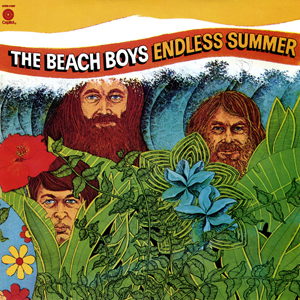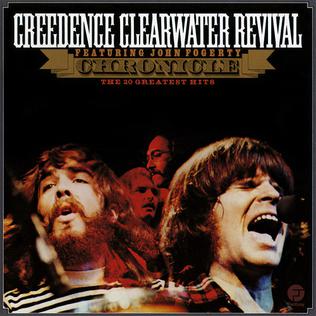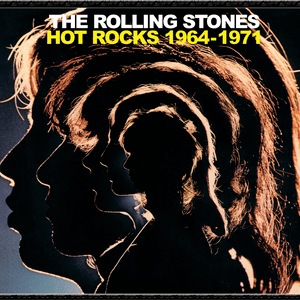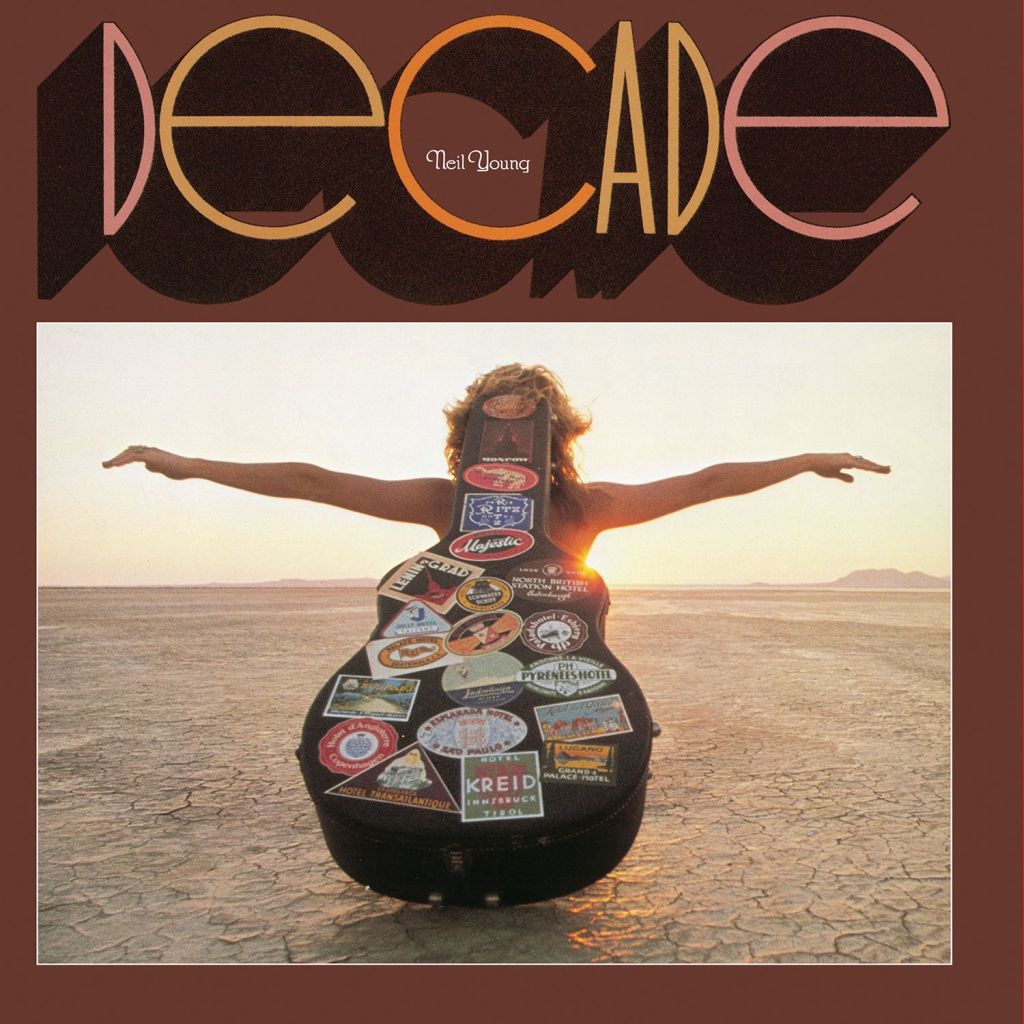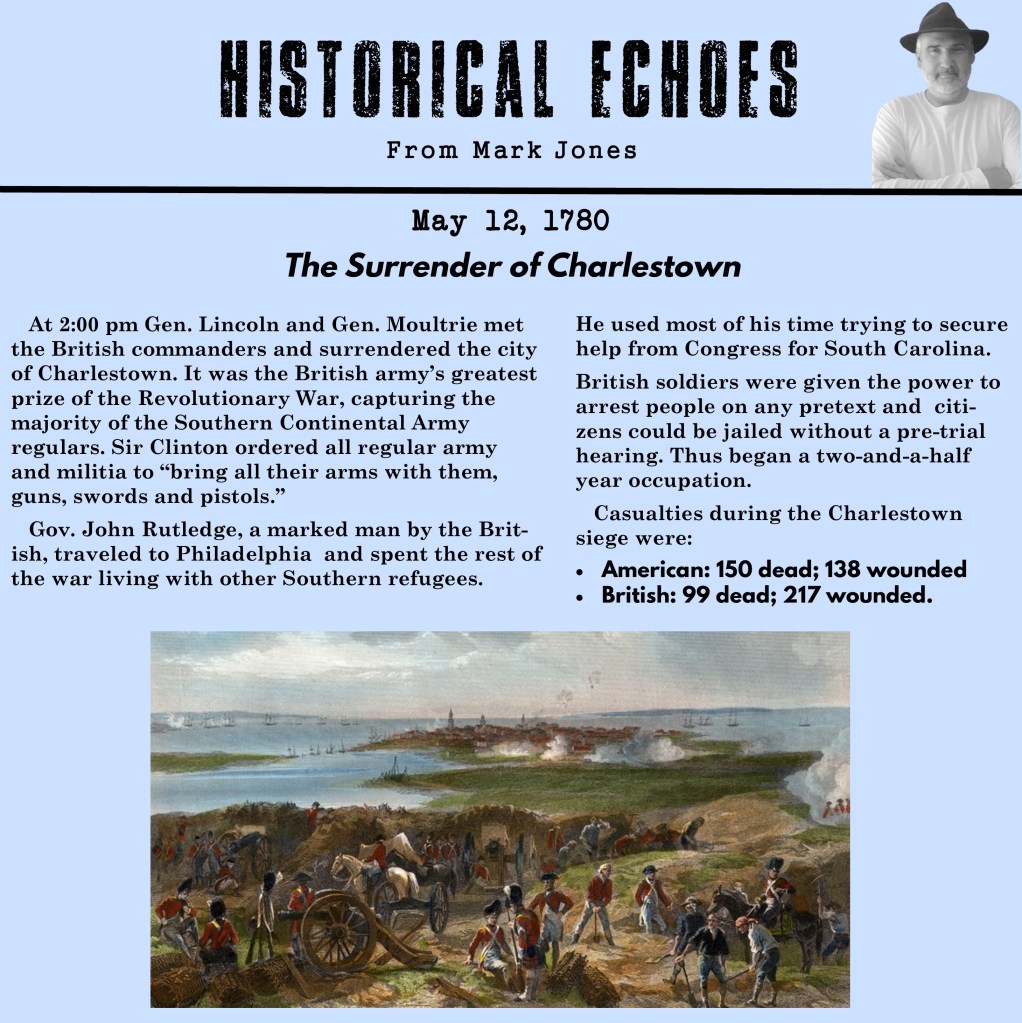I have never considered “Greatest Hits” or “Best Of” collections as REAL albums. Most of them are simply a record company’s device for easy profits, often issued with no approval or assistance from the artist, and sometimes, against the artist’s wishes. However, for many artists with just a handful of hits, “Best Of” collections are usually the only album most of us will ever need to own.
However, there are a few collections that have had such enduring success, and in some instances re-defined an artist’s career, to the point that they are essential additions to their catalogue. Here are my greatest “Greatest Hits,” listed alphabetically by artist.
ENDLESS SUMMER / The Beach Boys (1974)
Endless Summer was compiled by their old label, Capitol Records, following the success of the film American Graffiti, in which several Beach Boys songs were featured. After years of lukewarm sales, this album revitalized the band’s popularity and inspired nostalgia for their early surfing and hot rod-themed music. Four months after its release, the album reached number 1 in the United States and Canada. It was the group’s second chart-topping album in the US and returned them to a level of commercial success they had not experienced since the mid-1960s. A pale version of the Boys tour every year on the Oldies circuit, mainly because of this album.
1962-1966 – (Red Album) / The Beatles (1973)
1967-1970 (Blue Album) / The Beatles (1973)
These two compilation albums were released simultaneously and helped cement the Beatles’ legacy for the next generation (Me) who were too young to remember the initial Beatlemania. We grew up with the solo Fab Four on 70s radio. The legacy of the Beatles was assured well before these releases, but these two double albums served as a portal for the discovery of their collective brilliance retroactively for kids into the 90s.
The success of these two compilations inspired Capitol’s repackaging of the Beach Boys’ 1960s hits with the Endless Summer the next year.
CHANGESONEBOWIE/ David Bowie (1976)
Eleven songs from the 1969–1976 period, starting with “Space Oddity” to “Golden Years.” It also included single versions of both “Ziggy Stardust” and “Suffragette City.”
CHRONICLE, VOL. 1 / Creedence Clearwater Revival (1976)
This collection of 13 A-sides and seven B-sides from Creedence Clearwater Revival. For a band who ruled AM radio from 1968-71, putting eighteen songs on the charts (14 in the Top 10), this is an essential collection.
LEGEND / Bob Marley (1984)
The best-selling reggae album of all-time, with over 12 million sold in the US, and an estimated 25 million copies sold globally. It contains all ten of Bob Marley’s Top 40 hit singles in the UK up to the time, plus three songs from the original Wailers with Peter Tosh and Bunny Livingston in “Stir It Up,” “I Shot the Sheriff,” and “Get Up, Stand Up.”
THE HITS 1&2 / Prince (1993)
Unless you are a completist … for the casual fan this is the ONLY Prince release you need to own. Chock full of B-sides and alternate takes, while also featuring the dozen+ of Prince’s most popular songs.
HOT ROCKS 1964-1971 / The Rolling Stones (1971)
It became the Rolling Stones’ best-selling release of their career and an enduring and popular retrospective. The album includes a mixture of hit singles, such as “Jumping Jack Flash”, B-sides such as “Play with Fire”, and album tracks such as “Under My Thumb” and “Gimme Shelter.”
The album has gone 12-times Platinum in the United States and traces the Stones from their initial hits “Time Is On My Side”/“Satisfaction”/“Under My Thumb” years to “Sympathy For the Devil” and “Brown Sugar.”
DECADE / Neil Young (1977)
This one is rare: a Greatest Hits collection from an artist who actively complied it, which became a template for the box set collections that would follow in the 1980s and beyond. Decade is a extensive deep dive into the first decade of Young’s career, 35 songs recorded between 1966 – 1976. The liner-notes were written by Young himself, giving the collection a rare insight that is often missing in most “Best Of” collections.

